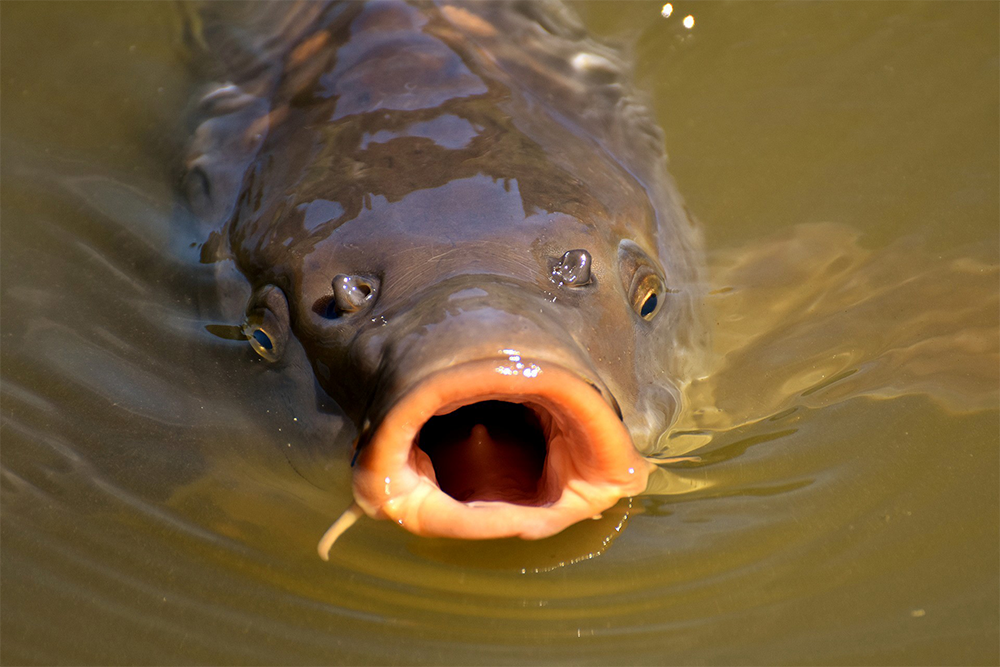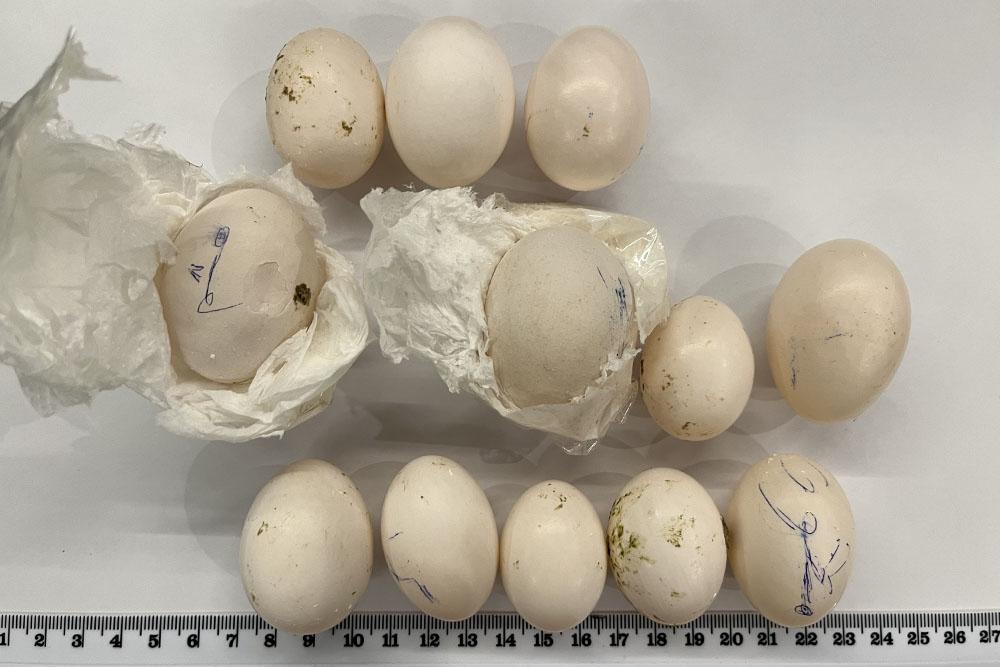As part of the National Carp Control Plan, the Australian Government is investigating the feasibility of the carp virus Cyprinid herpesvirus 3, for use as a biological control agent to control common carp populations in Australian waterways.
The Environmental Biosecurity Office (EBO) has finalised the Priority Research Actions, a plan of research objectives that will further build our understanding of the impacts when using the carp virus. The Priority Research Actions were drafted in collaboration with an expert scientist, input from specialist researchers and regulators, and an extensive consultation process with the Carp Biocontrol Scientific Advisory Group.
The National Carp Control Plan also highlighted a set of research uncertainties that should be addressed to better understand the impacts of using the carp virus and the potential benefits it could provide to manage carp and aid the environment. These research uncertainties and the program of research required to understand them were approved by the Environment and Invasives Committee – which is responsible for providing national policy leadership on the identification, prevention and management of invasive plant, vertebrate and invertebrate species that adversely impact the environment, economy and community.
The next step involves procuring the services of suitable experts to undertake the research. The information generated through this program will be used by regulators to determine the risks and benefits of using the carp virus to control carp populations in Australian waterways.
The seven Priority Research Actions are: determining the potential susceptibility of other species to the virus; understanding how effective the virus is in a natural setting; understanding transmissibility in a natural setting; understanding the impacts on threatened species, communities, and river systems; conducting a cost-benefit analysis; verification of epidemiological modelling; and consideration of integrated carp management.
The assessment process will carefully examine all consequences, and a final decision will be made based on understanding the risks and seeking the most beneficial outcome for the nation.
For more information about the National Carp Control Plan, visit the Carp Biological Control Program page.




